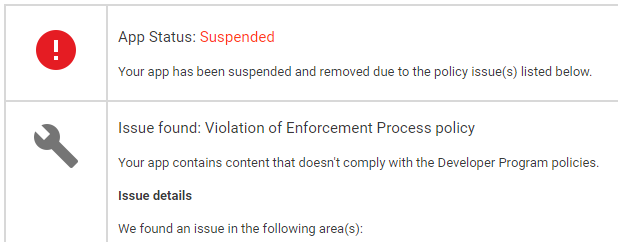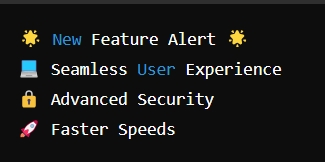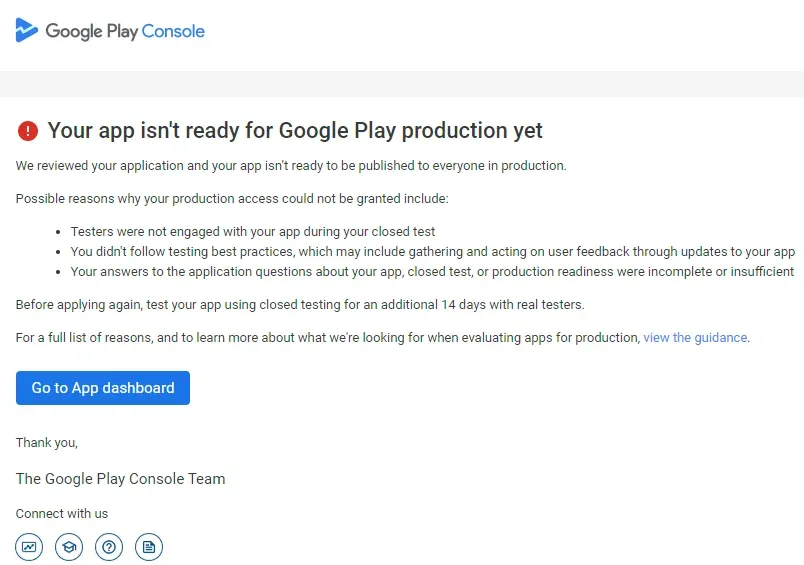Recently, our team has welcomed many new members, and a lot of them are eager to start full-scale self-media operations but have little to no foundation. Some have a bit of experience, but their writing is chaotic and lacks direction.
Writing operations copy is very different from writing essays or compositions. The key is to clearly explain the topic, with logical, step-by-step explanations that flow smoothly and don't feel disjointed.
For beginners, I recommend learning SEO first, followed by writing and operations. Without a basic understanding of SEO, you might often feel stuck in your content creation. SEO serves as an extension of inspiration and is the best way to generate traffic. The internet's understanding of people starts with the content searched online.

How Can Newbies Quickly Write an Operations Copy?
Let’s dive right in. If you're new here, I suggest bookmarking this article for future reference. For beginners, I recommend reading this a few times and then practicing. Don’t think that spending a few thousand yuan on courses will automatically teach you everything. Methods are only guides—you need to study and then put them into action diligently.
1. Identify Your Topic
What is the topic of your article? Each article should have one main topic. Avoid writing an article with no clear topic; that turns it into a disorganized journal entry. The topic is essentially the main title of your article.
Are you sharing information in a direct, Q&A style, promotional format, or educational manner? The style of the article will determine how you express the title.
For example, for this article: "How Can Newbies Quickly Write an Operations Copy? 4 Steps and 3 Methods!" I could also express it differently: "3 Methods and 4 Steps to Quickly Master Writing an Operations Copy."
2. Subdivide Your Sections
Under the main title, what content do you need to explain? For instance, in this article, I focus on how to write operations copy, featuring 4 steps and 3 methods. You’ll see these steps and methods presented clearly within the content.
In this case, the article will have at least seven sections. Readers can understand from the title what core information I’ll be sharing, and this core content will attract their attention, compelling them to click in for more.
3. Fill in the Content
When expanding on the content for each section, simply expand on the ideas presented in the subheadings. For example, in my article "How Beginners Can Work on a Shared Travel Card Project: 3 Stages and 6 Methods, Bookmark Now!", I detail what’s involved in each of the 3 stages and what’s included in the 6 methods.
By reading, you’ll find that I expand on my content through these subheadings. In other words, my content originates from the main title, flows through the subheadings, and is then filled out accordingly.
Beginners often struggle with this, so I recommend using mind maps. This means starting with the title, then determining what subheadings will be under it, and deciding what content goes under each subheading. Once you fill in the content under each subheading, you have a complete copy.
Think of this as a fill-in-the-blank exercise, rather than an essay-writing task. When you approach writing this way, it becomes much easier. You can even turn it into a multiple-choice exercise, which simplifies things further.
4. Polish and Refine
Once the content is filled in, the final step is polishing. This involves refining the title, sentence structure, punctuation, and correcting any typos or errors. If you’re using keywords, this is the stage where you insert them appropriately into the content.
Polishing is essentially about optimizing your article. This step ensures the article reads smoothly, is easy to understand, and contains no mistakes. Though it may be tedious, it is crucial. Completing this step can significantly enhance the quality of your article.
Summary of the 4 Steps to Writing an Operations Copy:
-
Identify Your Topic
-
Subdivide Your Sections
-
Fill in the Content
-
Polish and Refine
Keep practicing these four steps, and over time, you'll naturally develop a structure for writing copy.
Top-down approaches are highly efficient, whereas bottom-up methods are far less so.
For Beginners: How to Consistently Create Content
New writers often struggle with content ideas. In addition to the four steps mentioned above, here are three methods to help you continually generate content:
1. Copy
Copying is the fastest way to operate in the online world. Once you master this method, you’ll be able to tackle anything. For example, if you see me writing about our resource site or another article on our travel card, and you’re in the same field, all you have to do is copy and modify the core content.
Many so-called brands today can't even compete with fake brands. Why? Because fake brands know how to market themselves, while real brands cling to a valueless trademark. Nowadays, it’s all about marketing. Traffic is king—without sales, your brand is destined for the trash heap.
If you're a beginner, learn to copy first. Don’t overthink it. If you can’t even master this simple technique, start by focusing on it, and you’ll establish a foothold on the internet before moving on to other skills.
2. Deconstruct
Once you’ve learned to copy, you need to learn to deconstruct. We must continually improve, not stay stagnant. When you see an article, you should be able to deconstruct its structure and content.
Why is some content disorganized, while other content is well-structured? Why do some people quickly extract the core idea from an article, while others stay stuck in the learning phase? If you don’t learn to deconstruct, you’ll always remain at the copying stage and never improve. Deconstructing is a fundamental skill for writers—we deconstruct copy, projects, and products in much the same way.
I’ve previously taught friends three steps for creating original content: deconstruct, distill, and reassemble. You’ll find that these three steps apply to any product or project, and that’s the core idea.
3. Innovate
Once you’ve learned a lot, you’ll naturally be able to create your own content. If you lack material in the early stages, trying to innovate will be nearly impossible.
It’s like when children have lots of building blocks. They can create all sorts of shapes with them because they have different blocks and have assembled various toys before. Writing more and deconstructing content will naturally lead to innovation. Innovation isn’t hard—it comes from viewing the same subject from different angles and identifying unique points.
Learn to use keywords to assemble content. You can also combine keywords with current trending topics to create titles. When you embed keywords and trends into your titles, your article is more likely to gain traffic.
Summary of the 3 Methods for Quickly Writing an Operations Copy:
-
Copy
-
Deconstruct
-
Innovate
You’ll notice that much of the content online is repetitive, with only the author’s perspective on the matter being different.
The most efficient techniques for operating a project are imitation and innovation.
For newbies writing operations copy, I recommend using mind maps. Outline the content you want to write, starting with the title and then moving on to the subheadings.
When you're feeling inspired, draft multiple titles ahead of time—maybe a week’s worth, or even a month’s worth. Then, expand on these titles by writing their respective subheadings. With this method, you’ll have your core content. When it’s time to write, simply copy the subheadings under the main title and start expanding on them.
Write more, practice more, and gradually, you’ll find your inspiration. Inspiration doesn’t appear out of nowhere—it comes from the daily accumulation of information. Writing isn’t just about words; it’s an artful expression of ideas and information.







